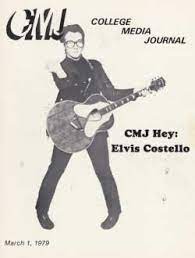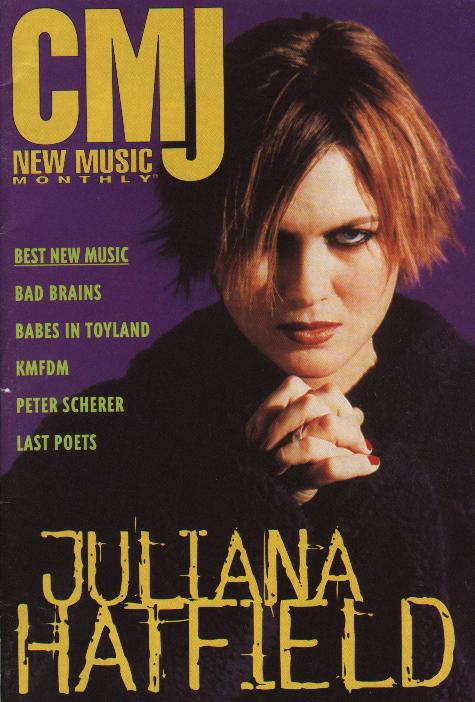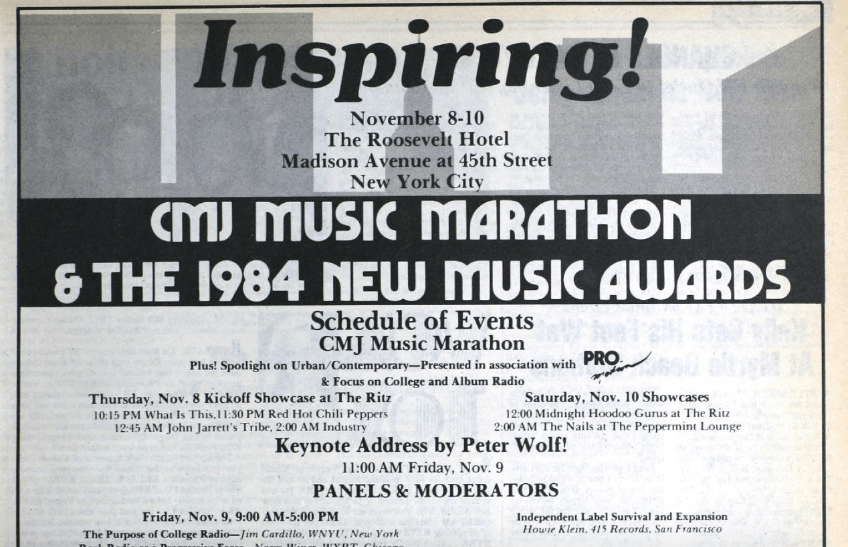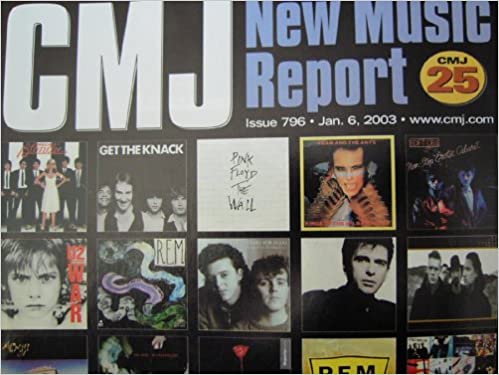
On March 1, 1979, the first issue of the College Music Journal rolled off the presses, featuring a photo of Elvis Costello on the cover. While the first issue didn’t make a huge splash (Wikipedia quotes staff as calling the first issues “a bunch of photocopies stapled together”), the publication would soon become the most important college radio publication in the country. With the addition of the CMJ Music Marathon, a combination convention/music festival that began in 1980, the company became the standard-bearer for indie/college rock in the US.
In the early days of college radio, there was not a recognizable trend in the kind of music a college radio station would play, mixing popular music with jazz, classical and spoken-word programming. By the late 1960s and 1970s, many college stations began to sound more like their commercial counterparts and often played music from the same genres, like AOR and Top 40. However, by the late 1970s, a wide variety of music outside of the mainstream gained popularity among teenagers and college students, most notably punk rock. Independent record labels began to emerge as viable alternatives to the large, corporately-owned labels and college radio was a natural place to promote their music.

As more and more college radio stations embraced these indie artists, the need arose for a publication that would allow labels to market to these stations, as well as providing a place for stations to share their playlists. The emergence of CMJ provided a connection point between labels and stations, as well as uniting stations across the country. Stations in California could now see what stations in New York were playing, and stations everywhere could see which artists were gaining popularity nationwide. Playlists submitted by college radio stations all over the country were collated into the CMJ charts, contributing to the emergence of “college rock” as a genre in the 1980s.
In the early 1990s, “college rock” became “alternative” and was no longer a small subset of popular music. In fact, it became one of the most dominant genres of the decade, and that popularity was reflected in the publication of CMJ New Music Monthly, a consumer-focused monthly publication available on newsstands and came packaged with a CD sampler of new music. This was in addition to the CMJ New Music Report, which was the much more expensive trade publication that catered to the stations and label execs.

Meanwhile, the CMJ Music Marathon became one of the premiere music conventions in the US, sometimes even credited by bands as their “big break”. Bands playing the festival saw their audience immediately grow exponentially, and were often catapulted from the relatively small pond of “college rock” into the mainstream (for better or worse). Attending the festival was one of the best perks of being a college radio staffer, with an opportunity to network with like-minded students and see some of the best bands in the world play live.
As the 1990s wound down, CMJ would suffer from the same issues afflicting college radio and “indie” music in general. CMJ was sold and then repurchased by the founder, Bobby Haber, but it was unable to regain the relevancy it had enjoyed in the 1980s and 1990s. Over the next decade, New Music Monthly and New Music Report would cease publication. The Music Marathon survived until around 2015, and has recently been revived after being purchased by Amazing Radio.
The average music listener might not even be aware of CMJ’s existence or the influence it had on the music landscape in the US. But for those in college radio, it was practically the Bible. The excitement of seeing your name in print in the station listings or cracking open a new edition of Certain Damage, the compilation CD that came with each issue, is a part of many people’s college radio nostalgia.

